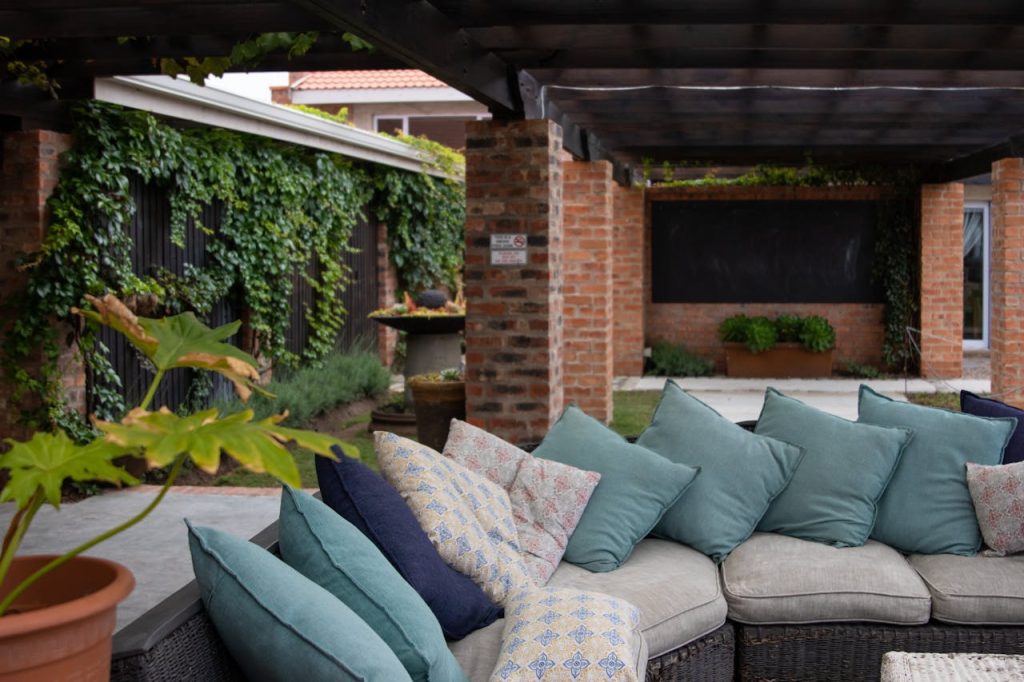Research has already shown how interior design can affect mood and mental health. Furniture placement is already an essential element of interior design. Aside from actually putting the necessary furniture in, it not only impacts the visual elements of a space but can affect its occupant’s mood and emotions. This is because the way we arrange our rooms will affect our sense of balance, harmony, and comfort. If done incorrectly, this can lead to feelings of tension, discomfort, and chaos.
In this article, we will explore and discuss how furniture placements affect mood. We will also share some tips on how you can create a calming and harmonious environment, through the proper way of arranging furniture. For those interested in this topic, be sure to read more about it below.
Sense of flow
Firstly, the way you arrange or place your furniture will definitely create a sense of flow and movement in a room. As such, you should arrange your furniture so that it will create a natural traffic flow. This means that you are making sure it is easy to move and navigate around your room. On the other hand, if your furniture is placed all over the place without any care for it, then it can lead to a sense of confusion and disorientation. This in turn can lead to more stress and anxiety, especially if you get back to your room after a long working day.
For instance, if a sofa is placed in the middle of a room, it can create a barrier that can block the flow of natural traffic. This can cause people to feel cramped and uneasy, which may lead to further negative emotional responses. On the other hand, if the sofa is placed along a wall or in a corner instead, then it can create a sense of openness and space in your room, as it allows people to move around freely without feeling like they are being boxed in.
Balance and symmetry
The placement of furniture can also affect the balance and symmetry of a room. Symmetry tends to be an important element in interior design, as it can help to create a sense of balance and harmony in a physical space. Furniture that is arranged in a balanced and symmetrical manner can enhance the feelings of stability, calmness, and order.
For example, a living room that has a sofa and two armchairs that are arranged on either side helps to create a sense of balance and symmetry. However, if all the furniture were only placed on one side of the room, then it would no doubt create a sensation of imbalance and disorder. This can lead to further feelings of discomfort and tension. In addition, it can also make a part of the room feel cluttered and unorganised, which can worsen people’s mental health in the long run.
Focal point
The placement of your furniture can also affect the focal point of the room. For those not aware of the term, a focal point is a central element in a room that either draws your eye or captures your attention. So, this can be anything – it can be a fireplace, a piece of art or décor, a window, or any other significant feature that stands out to someone entering the place.
Furniture placements are highly recommended to be arranged in a way that emphasises the focal point. This is because doing so helps to create a sense of balance and visual interest. For instance, if a room has a fireplace in it, the furniture should be arranged to face it. This way, it creates a sense of cosiness and warmth. If a room has a large window with a majestic view, then your furniture should be arranged to take advantage of the view and sunlight. This should then help to create a sense of openness and connection to the outdoors.
Mood and emotions
The placement of furniture can also affect the mood and emotions of the occupants. This is because the way we arrange our furniture can create certain atmospheres. These can include a sense of comfort, relaxation, or intimacy. If done incorrectly, it can create feelings of discomfort and tension.
For example, if you have a bedroom that has a bed facing the door, then this may create a sense of vulnerability and unease, which may elicit a negative emotional response. On the other hand, if the bed is placed against a corner or wall, it can create a sense of comfort and security, which is great if you want to have a good night’s sleep in the room.

